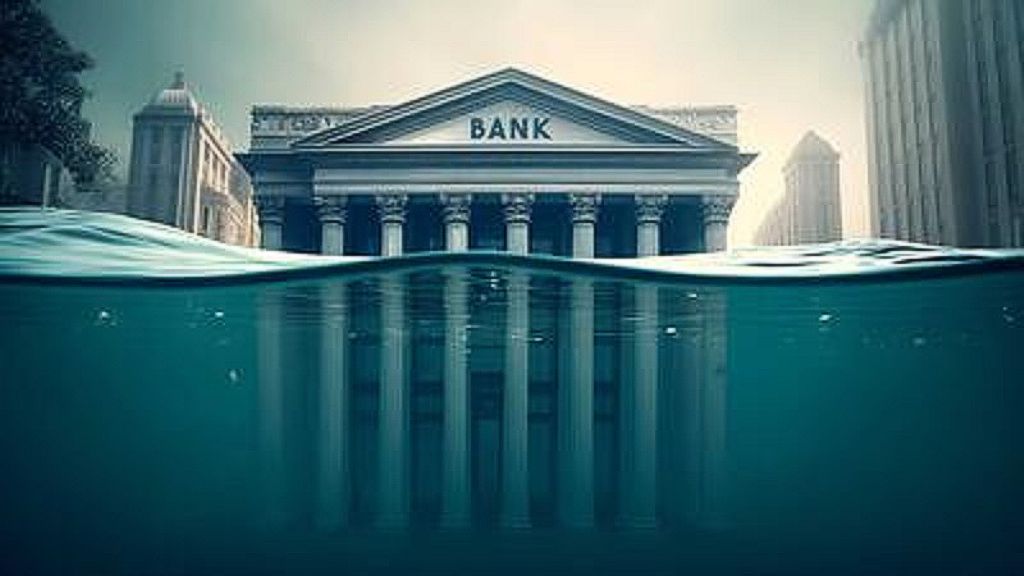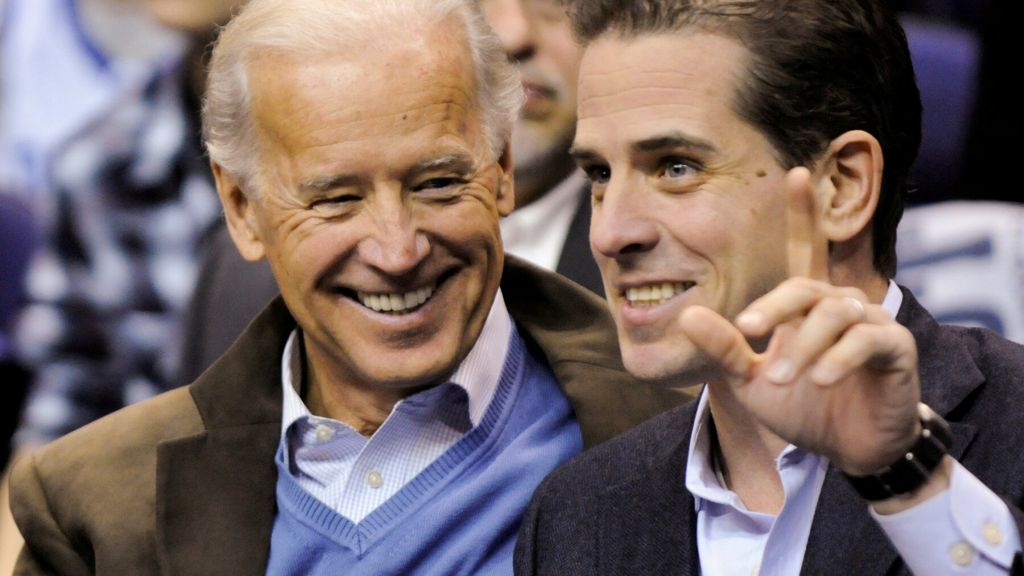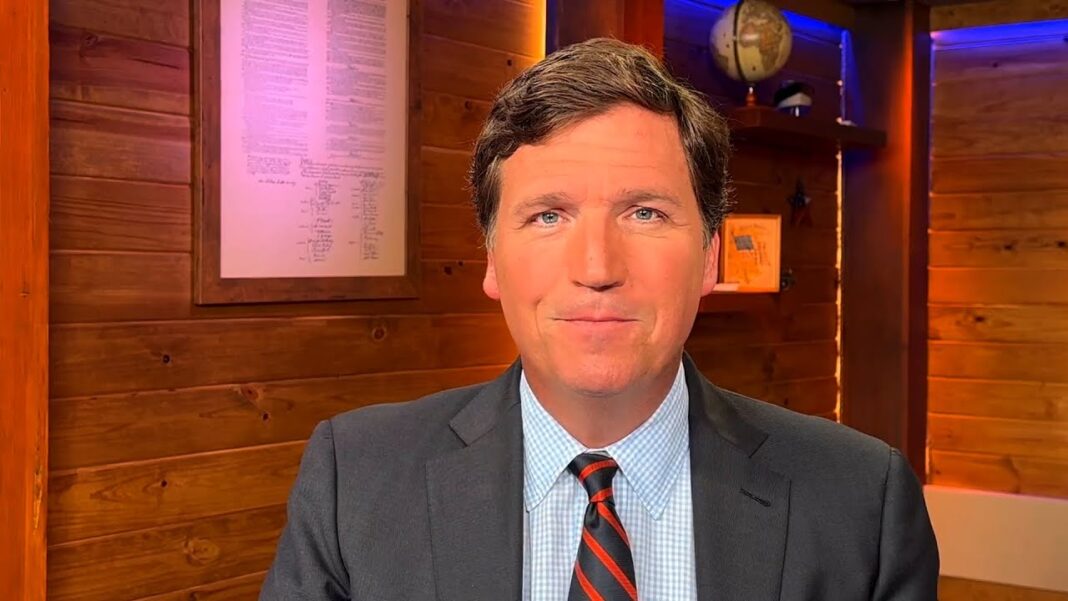
The twin crashes in US commercial real estate, and the US bond market have collided with $9 trillion in uninsured deposits in the American banking system. Such deposits can vanish in an afternoon in the cyber age.
The second and third biggest bank failures in US history have followed in quick succession. The US Treasury and Federal Reserve would like us to believe that they are “idiosyncratic.” That is a dangerous evasion. A Hoover Institution report by Prof Seru and a group of banking experts calculates that more than 2,315 US banks are currently sitting on assets worth less than their liabilities. The market value of their loan portfolios is $2 trillion lower than the stated book value. See below a chart on the growing bank loss portfolios.
Packages of commercial property loans (CMBS) are typically on short maturities and must be refinanced every two to three years. Borrowing exploded during the pandemic when the Fed flooded the system with liquidity. That debt comes due in late 2023 and 2024.
Could the losses be as bad as the subprime crisis? Probably not. Capital Economics says the investment bubble in US residential property peaked at 6.5pc of GDP in 2007. The comparable figure for commercial property today is 2.6pc.
But the threat is not trivial either. US commercial property prices have so far fallen by just 4pc to 5pc. Capital Economics expects a peak-to-trough decline of 22pc. This will wreak further havoc on the loan portfolios of the regional banks that account for 70pc of all commercial property financing. See in the chart below the growing problem of commercial real estate.
Almost half of America’s 4,800 banks are already burning through their capital buffers. They may not have to mark all losses to market under US accounting rules, but that does not make them solvent. Somebody will take those losses.
“It’s spooky. Thousands of banks are underwater,” said Professor Amit Seru, a banking expert at Stanford University. “Let’s not pretend that this is just about Silicon Valley Bank and First Republic. A lot of the US banking system is potentially insolvent.”
Adding insult to injury, depositors are fleeing banks to Money Markets, making it more difficult for banks to maintain the reserve requirement ratios. See this Money Market flight in the chart below and learn more here and here.
However, the bigger issue is still that much of the global banking system is sitting on trillions of losses in the market that have yet to be marked to market. This is not like 2008 – it could potentially be far worse. Learn more here on – “30 Trillion Reasons Why the SVB Bank Failure Could Detonate a Financial Collapse.” This explains in detail these bond losses triggered by global central banks. If the commercial loan issue spreads along with depositor flight, it could detonate this bond collapse.
The root cause of this bond and banking crisis lies in the erratic behavior and perverse incentives created by the Fed and the US Treasury over many years, culminating in the violent lurch from ultra-easy money to ultra-tight money now underway. Solutions?
There really is only one solution if you want to stave off an economic collapse. The Fed will need to drop its tight monetary policy by dropping rates rapidly – and very soon. Of course, this will then trigger a new round of inflation even worse than the original.
What could go wrong?
By Tom Williams







